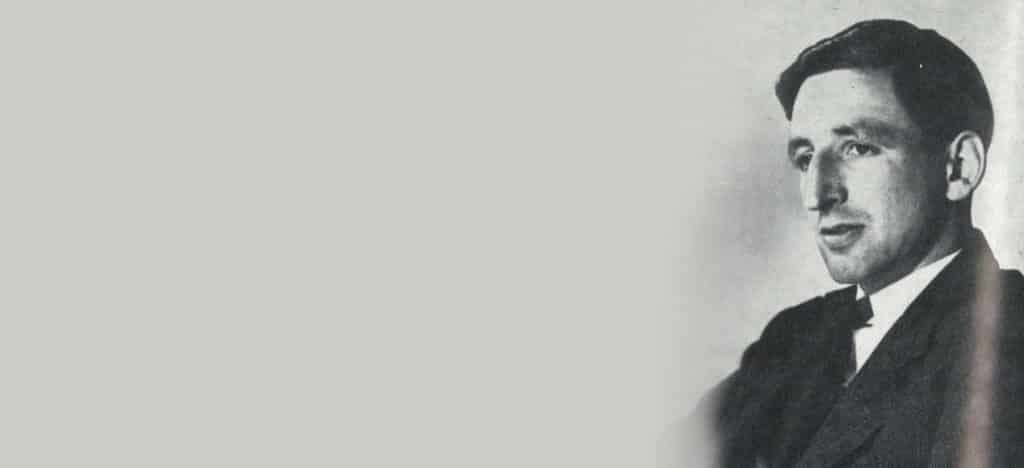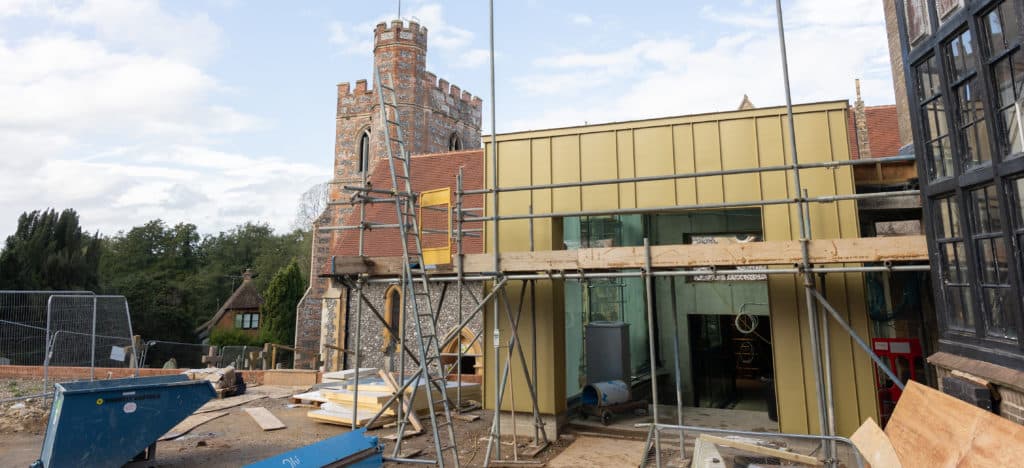There was no religious test for joining the club, but during its early years, it was closely associated with the Anglican Church and most of its staff were committed members. Club membership averaged between 200 and 400 with boys and young men divided in sections according to age which ran from ten to twenty years. Its activities took place on weekday evenings and on weekends. In the club rooms the boys played billiards, chess, draughts, dominoes or other games and a lending library was established to encourage reading. There was support for formal education and instruction in practical skills such as boot repairing and First Aid. Recreational classes were offered in painting, drawing, singing and simple country dances “which were enormously popular with the kiddies, who would otherwise have to play in dreary, dirty streets.”
Gymnastics, boxing and wrestling took place in the gymnasium which was also the venue for drama, concerts and entertainments such as lantern-slide displays. Cricket and football were made possible by the hiring of sports grounds and swimming took place in nearby public baths. Scouting thrived and the 42nd South London (Bradfield) Troop enjoyed a week each summer camping in the school fields. The club’s annual camps, held at several country venues, fostered its ethos of comradeship, moral development and character building. To help the young men to make their way in life, the club assisted in finding employment. It ran a jobs bureau and encouraged subscribers to connect club members with good office or factory situations.
The outbreak of the First World War dramatically affected the club. Reflecting the powerful influence of nationalism in contemporary Europe, a strong patriotic spirit had infused all its activities. This was encouraged by two of the club’s most charismatic leaders: Hayward and its gymnastics instructor
Edward Clarke. Hayward was commissioned in the 22nd Battalion of the County of London Regiment (Territorial Army) in 1912 and served in its machine gun section. He encouraged club members to enlist and by 4 August 1914 “all the machine-gunners in my Battalion, except the NCOs were lads from the Bradfield Boys’ Club.” Clarke also joined the regiment, serving as its gymnastics instructor.
With the onset of war, Clarke and the club boys volunteered for overseas service with the 22nd Battalion and were deployed to Givenchy in April 1915. Almost immediately they raised a board above their trench inscribed ‘Play up Brads’. This expression of esprit de corps and courage was later adopted as a club motto. Other members of staff volunteered and more than 400 boys served in various branches of the armed forces during the conflict. Tragically, one of the first fatalities was Clarke, killed in May 1915 by an exploding shell while assisting a stretcher party. One of his former gym squad wrote that characteristically: “He died like a hero, helping the wounded.” At the end of the war, the club’s known fatalities numbered 74, although Douglas believed that the true figure was nearly 100.
In early 1915, Headmaster Robert Beloe wished to move the club to a location closer to Bradfield. After considering the possibility of maintaining two clubs, Beloe withdrew from Peckham and established a Boys’ Club at Bradfield, whose members initially were the Budgeons, the boys who cleaned the boots and served in Hall. The Peckham club carried on independently of the school, however, with the support of Old Bradfieldians, with an eventual change of name to the Old Bradfield Boys’ Mission Club in 1922.
The post-war years were challenging as the club struggled financially following separation from the school. It launched an appeal in 1926 to liquidate its debt and finance essential repairs to buildings. Several major events were organised in 1927 including a visit by Queen Mary who witnessed demonstrations of gymnastics and boxing. Several extremely generous donations helped the club to restore its finances, including one by the solicitor Edward Herbert, who was the father of five and grandfather of four Bradfieldians. In 1928 Herbert purchased 5 Commercial Road and presented it to the club as a memorial to his son Ronald, Old Bradfieldians and club members who had died during the First World War.





